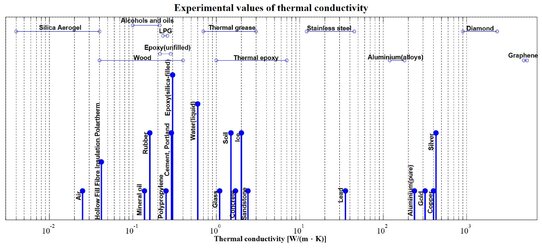- Joined
- Oct 29, 2010
- Location
- Loveland, CO, USA
I've been doing a little experimenting now that I have my loop working well. I know for a fact that bubbles sticking to surfaces reduce the ability for maximum thermal transfer to take place, so I've been trying different things to see what helps reduce these bubbles.
I have a new product I'll be testing today. I am working on my graphics card right now, so my loop is going to be drained shortly. In the meantime, I thought I put a bit of this stuff in the rad and see what it does.
I have the Koolance RP-401x2 pump/rad. The clear windows for both reservoirs are fully visible right in the drive bay. Looking at them and seeing the thousands of small bubbles attached to all the surfaces in there is what makes me think it is similar throughout the loop.
All I can say is, I should have had a video camera on it. All I put in was about .3% of this stuff and within 5 seconds or less, all the bubbles vanished! Little spurts of popped bubbles were throwing up microscopic like particles of water out of the fill port. Almost couldn't see them, but could feel them hitting my fingers above the port.
So, not to rush this, I will do some more testing to see how effective this is. When I take the loop down to work on the graphics cards, I will fill it again with pure distilled water first and do some timed stress tests on the cpu. I can monitor case ambient air inlet temps as I have a sensor installed at the inlet fan. So, if ambient temps are steady, I should be able to record actual differences in CPU temp readings with and without the wetting agent, which would be the actual difference in cooling ability. If I get lower CPU temps, it has to be because of less or no bubbles in the loop. If I get the same temps, then it didn't do what I was hoping for. Can't imagine why, but if the temps are higher, then a pretty drastic change must be happening due to this additive in the loop.
I'll be doing this today, so I'll post back here as I find out more.
Keep your fingers crossed...
-Rodger
I have a new product I'll be testing today. I am working on my graphics card right now, so my loop is going to be drained shortly. In the meantime, I thought I put a bit of this stuff in the rad and see what it does.
I have the Koolance RP-401x2 pump/rad. The clear windows for both reservoirs are fully visible right in the drive bay. Looking at them and seeing the thousands of small bubbles attached to all the surfaces in there is what makes me think it is similar throughout the loop.
All I can say is, I should have had a video camera on it. All I put in was about .3% of this stuff and within 5 seconds or less, all the bubbles vanished! Little spurts of popped bubbles were throwing up microscopic like particles of water out of the fill port. Almost couldn't see them, but could feel them hitting my fingers above the port.
So, not to rush this, I will do some more testing to see how effective this is. When I take the loop down to work on the graphics cards, I will fill it again with pure distilled water first and do some timed stress tests on the cpu. I can monitor case ambient air inlet temps as I have a sensor installed at the inlet fan. So, if ambient temps are steady, I should be able to record actual differences in CPU temp readings with and without the wetting agent, which would be the actual difference in cooling ability. If I get lower CPU temps, it has to be because of less or no bubbles in the loop. If I get the same temps, then it didn't do what I was hoping for. Can't imagine why, but if the temps are higher, then a pretty drastic change must be happening due to this additive in the loop.
I'll be doing this today, so I'll post back here as I find out more.
Keep your fingers crossed...
-Rodger
![20131220_151642[1].jpg](/forums/data/attachments/136/136574-69e04553564cced03c5476c586f44bc0.jpg)
